Laboratory Equipment laboratory safety cabinet
Laboratory safety cabinets are essential pieces of equipment designed to provide safe storage and containment for hazardous materials in a laboratory setting. These cabinets are specifically engineered to meet strict safety standards and regulations, ensuring the protection of laboratory personnel, the environment, and the surrounding community.
Here are some common features and benefits of laboratory safety cabinets:
1. Hazardous material storage: Safety cabinets are designed to store and organize flammable liquids, corrosive substances, poisons, radioactive materials, and other dangerous substances. They are constructed with materials that can withstand chemical spills and are equipped with proper ventilation to prevent the buildup of harmful vapors.
2. Fire protection: Many laboratory safety cabinets are built with fire-resistant materials and are designed to contain fires within the cabinet. They may also have features such as self-closing doors and fire suppressant systems to minimize the risk of fire spreading.
3. Spill containment: Cabinets are often equipped with leak-proof shelves, trays, or pans to catch and contain spills. This helps prevent spills from spreading and causing damage or exposing laboratory personnel to hazards.
4. Locking mechanisms: To ensure the security of hazardous materials, safety cabinets typically have locking mechanisms to prevent unauthorized access. Some cabinets may also have additional features such as key or combination locks for added protection.
5. Ventilation systems: Proper ventilation is crucial for maintaining a safe laboratory environment. Safety cabinets may have built-in ventilation systems to remove harmful vapors and ensure adequate air circulation.
6. Compliance with standards: Laboratory safety cabinets are designed to meet specific safety standards and regulations, such as those set by OSHA (Occupational Safety and Health Administration) or other relevant agencies. By using compliant cabinets, laboratories can ensure they are meeting the necessary safety requirements.
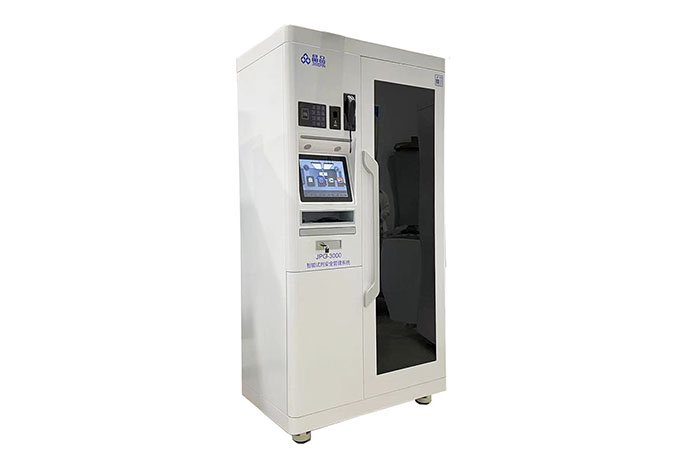
7. Identification and labeling: Cabinets are usually labeled with clear markings indicating the type of hazardous materials stored inside. This helps laboratory personnel identify and handle the contents safely.
8. Durability and longevity: Safety cabinets are built to withstand the rigors of a laboratory environment and are designed for long-term use. They are typically made from sturdy materials such as steel or heavy-duty plastic.
Laboratory safety cabinets play a crucial role in maintaining a safe working environment. They help prevent accidents, protect personnel from exposure to hazards, and minimize the risk of environmental contamination. When choosing a laboratory safety cabinet, it is important to consider the specific needs and requirements of the laboratory, as well as the types and quantities of hazardous materials that will be stored. It is also recommended to follow the manufacturer's instructions for installation, use, and maintenance to ensure the cabinet's effectiveness and longevity.

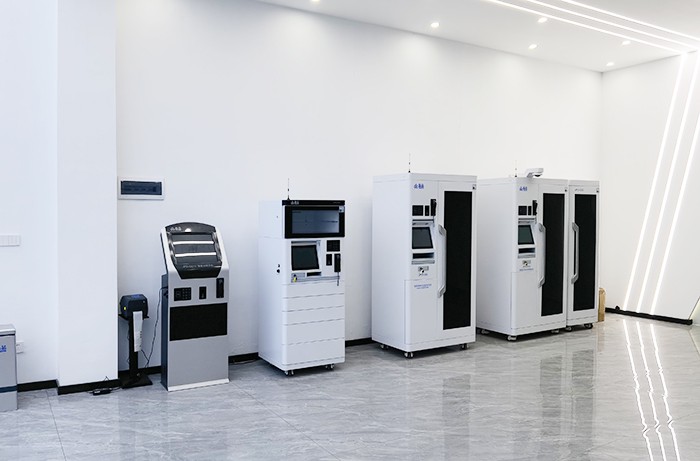

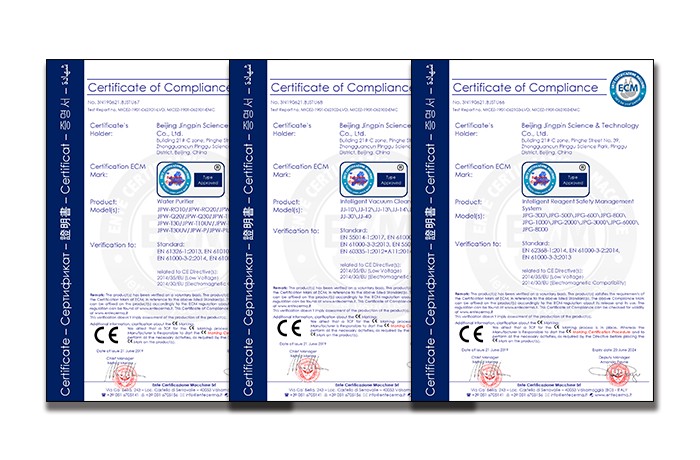
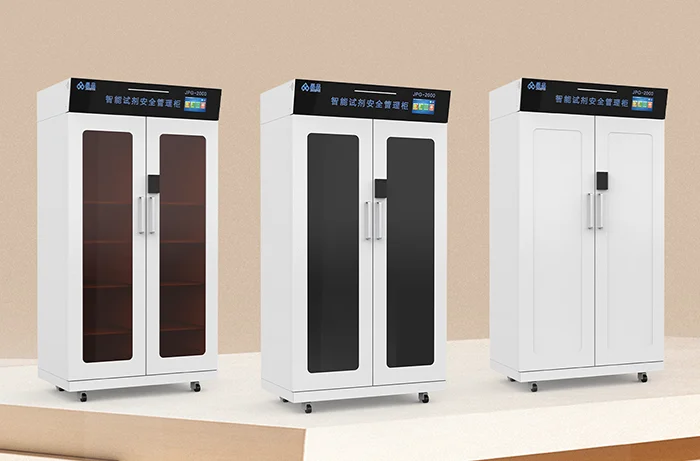
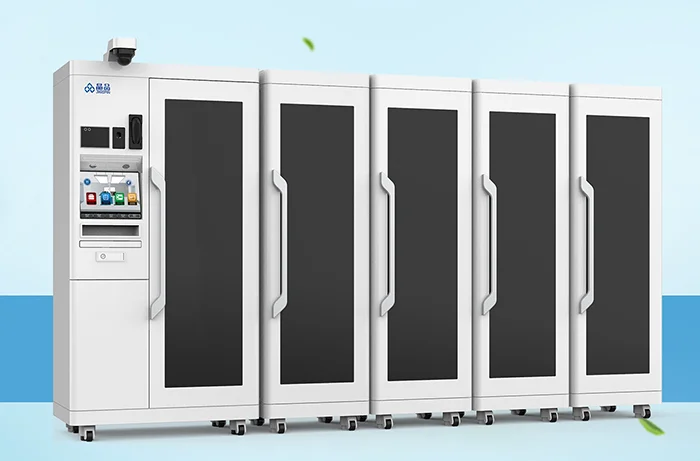
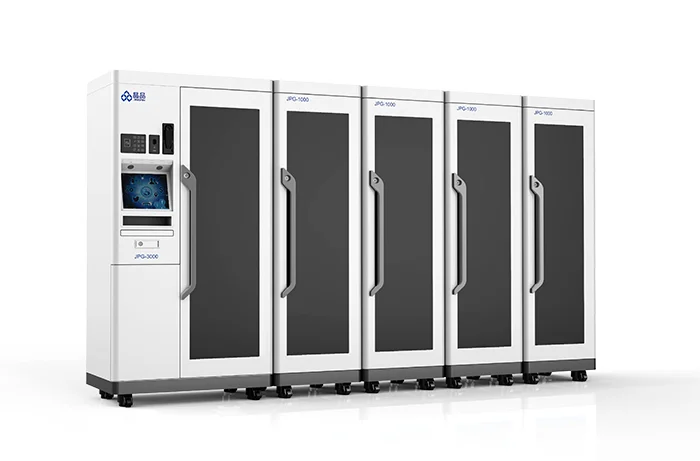

Leave a Message